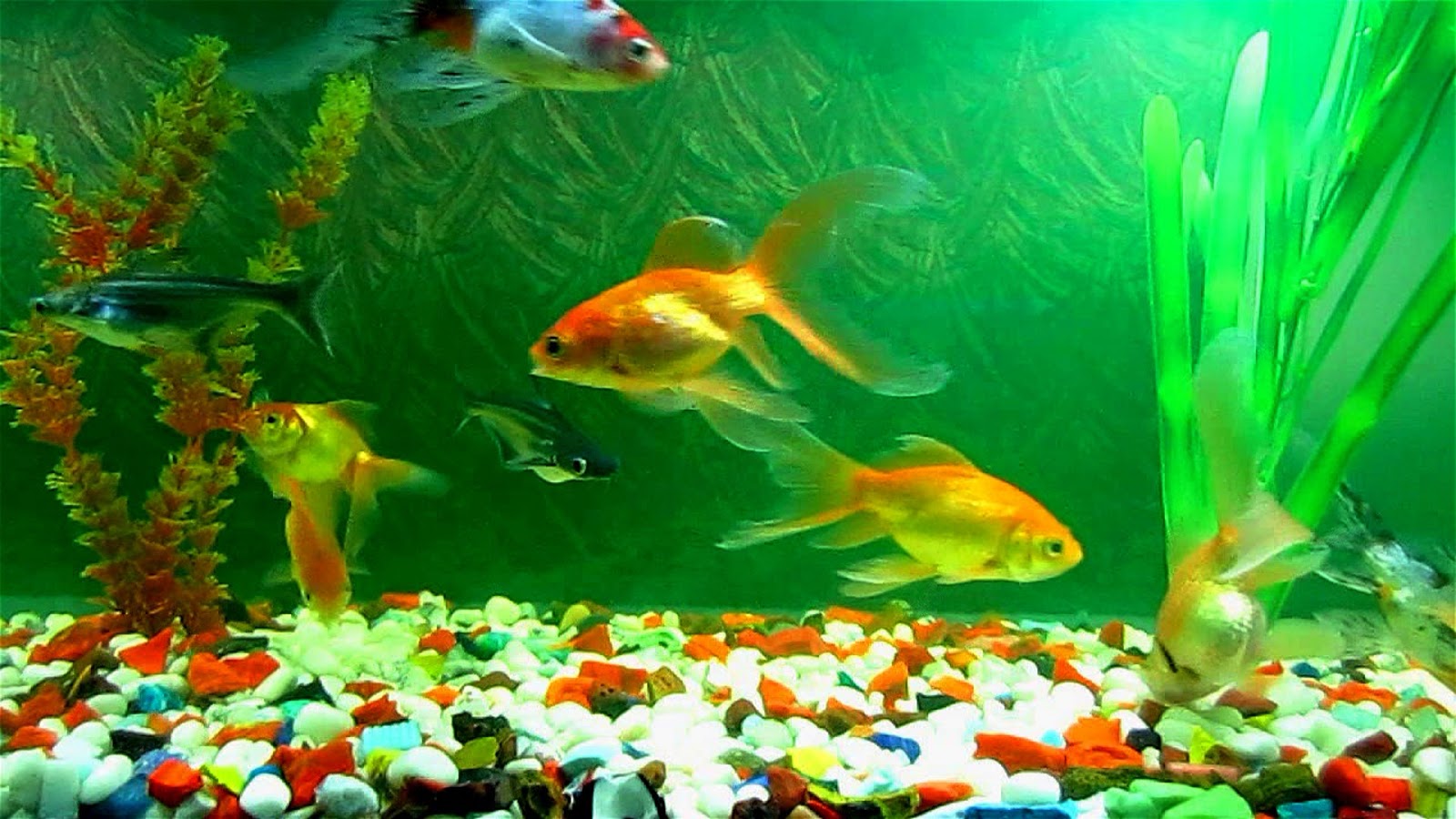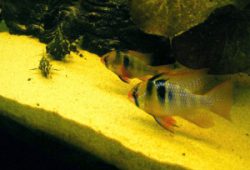Keeping Your Fish Healthy
The aim of the article is to provide you with some material on Keeping Your Fish Healthy. An ounce of prevention…….You know how the saying goes. Fishkeeping is supposed to be fun and relaxing. Stress is the main cause for problems with your fish and also the main reason for causing the beginning aquarist to quit. What causes stress in fish? Mostly the same things that causes us to be stressed. Fish are very sensitive to change (just as some of us are) and we have to be educated as to these circumstances and how to prevent and handle them as they occur. Following are some of the basic causes of stress in your fish:

1. Know The Fish You Are Buying – I know, you see this really pretty fish and are anxious to add it to your collection in your aquarium. But, before you purchase this fish, you really need to find out all you can about it. What kind of an environment did it originally come from? What does it like to eat? What kind of water conditions does it prefer? What about water temperature? Will it get along with the other fish you already have? It is much better to take the time to research before you buy than to take it home and find it terrorizing the whole tank or worse yet to find other inhabitants in your tank missing altogether!
2. Bringing Your New Fish Home – Transporting and adding a new fish is an extremely stressful venture. Not only did your fish just get used to living in the tank in your fish store, but now it gets put into a plastic bag and has to travel some more. Before adding him to your community tank, you need to first put him into a “quarantine” tank to make sure he is free from any disease or other contagious condition. This tank can be an inexpensive one with a filter and heater but big enough that he is not cramped for space. This is perhaps one of the most important steps to a successful aquarium experience.
You don’t want to contaminate your aquarium with any diseases which may have been in the fish store’s tank. Some diseases are not visable immediately and you need to quarantine your new fish for approximately 2 weeks just to be safe. When choosing fish at the fish store, never buy a fish from a tank that has any dead fish or if you see signs of visible illness or disease. When putting the new fish into the quarantine tank, place the opened plastic bag (with the fish in it) on top of the water and allow it to float there for approximately one-half hour to acclimate the water to the same temperature as your tank.
It would be very shocking to put him into water that is a different temperature than what he is used to. When you are ready to put your fish into the water, try to transfer him gently with your hand. Nets are sometimes necessary, but they can do damage to the delicate gills and disturb the natural slime coating. When this happens, you are inviting a place for disease to invade. Try not to allow any of the fish store water in the bag into your aquarium just in case it may have any bad bacteria in it. After observing your fish for two weeks to make sure it is disease-free, you can transfer him to your community tank.
3. Poor Water Conditions – This is a major stress factor for your fish. You need to test your water regularly for ammonia, nitrites, nitrates, pH and chlorine. Make sure to let the water from your faucet set for at least 3 days before adding it to your aquarium to allow the chlorine to go out of it. Buy test kits and use them on a regular basis. Check your water temperature and make sure it is within the comfort zone for the type of fish you keep.
4. Over-Crowding – A tank that is over-crowded will eventually give you problems. You will not be able to handle the excess ammonia given off from the fish waste and your fish will get stressed. Also, an over-crowded tank will not allow your fish the space they need to roam and swim. Some fish are more timid than others and they need space to be able to get away from the other fish. Also provide hiding places for them with ornaments and rocks or caves.
5. Incompatibility – This is where some good research comes into play. Fish that are constantly bullied and chased by others become extremely stressed. Make sure the fish you put together will be able to live together peacefully.
6. Providing The Proper Food – Different fish have different diets. Do some research into what food your fish needs. Feed him a variety and sometimes give treat foods. Most fish enjoy fresh vegetables like a leaf of Romaine Lettuce attached to the bottom of the tank.
7. Lack Of Oxygen – Fish need oxygen too and providing this through different aeration equipment like air stones, bubble walls and even aerating ornaments will make his little underwater world very comfortable and entertaining for him.
If you follow these simple guidelinesyou will find that your hobby of fishkeeping will turn out to be fulfilling, relaxing and stress-free, both for you and your little pets.



